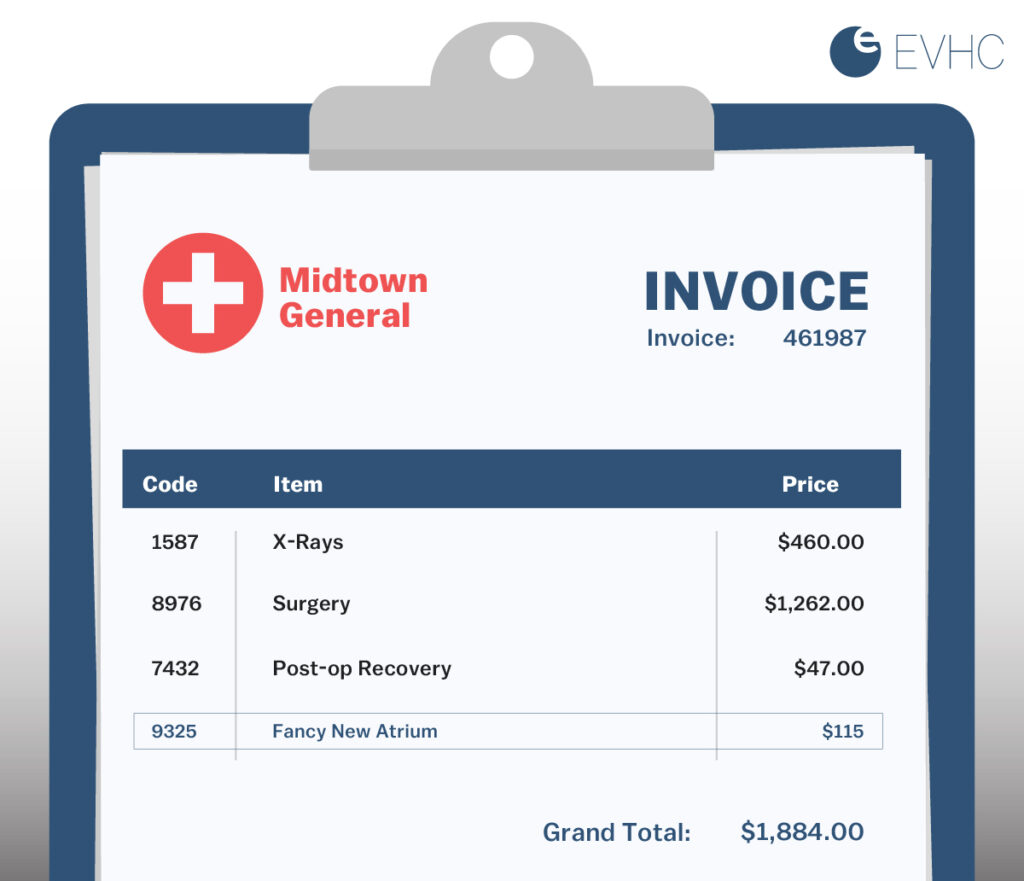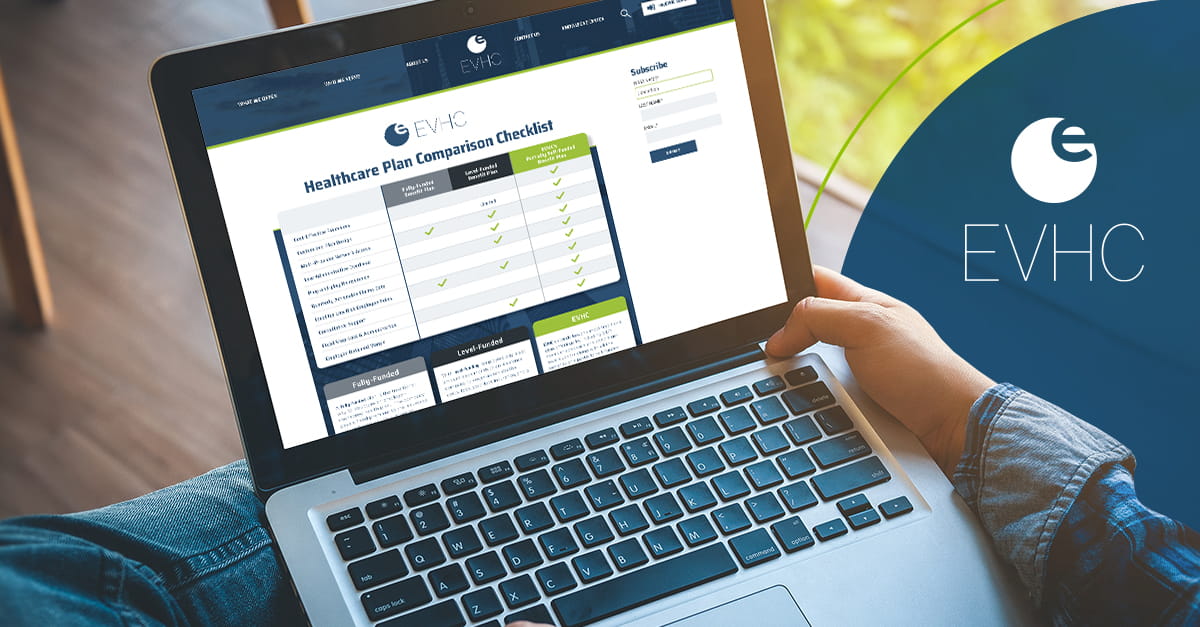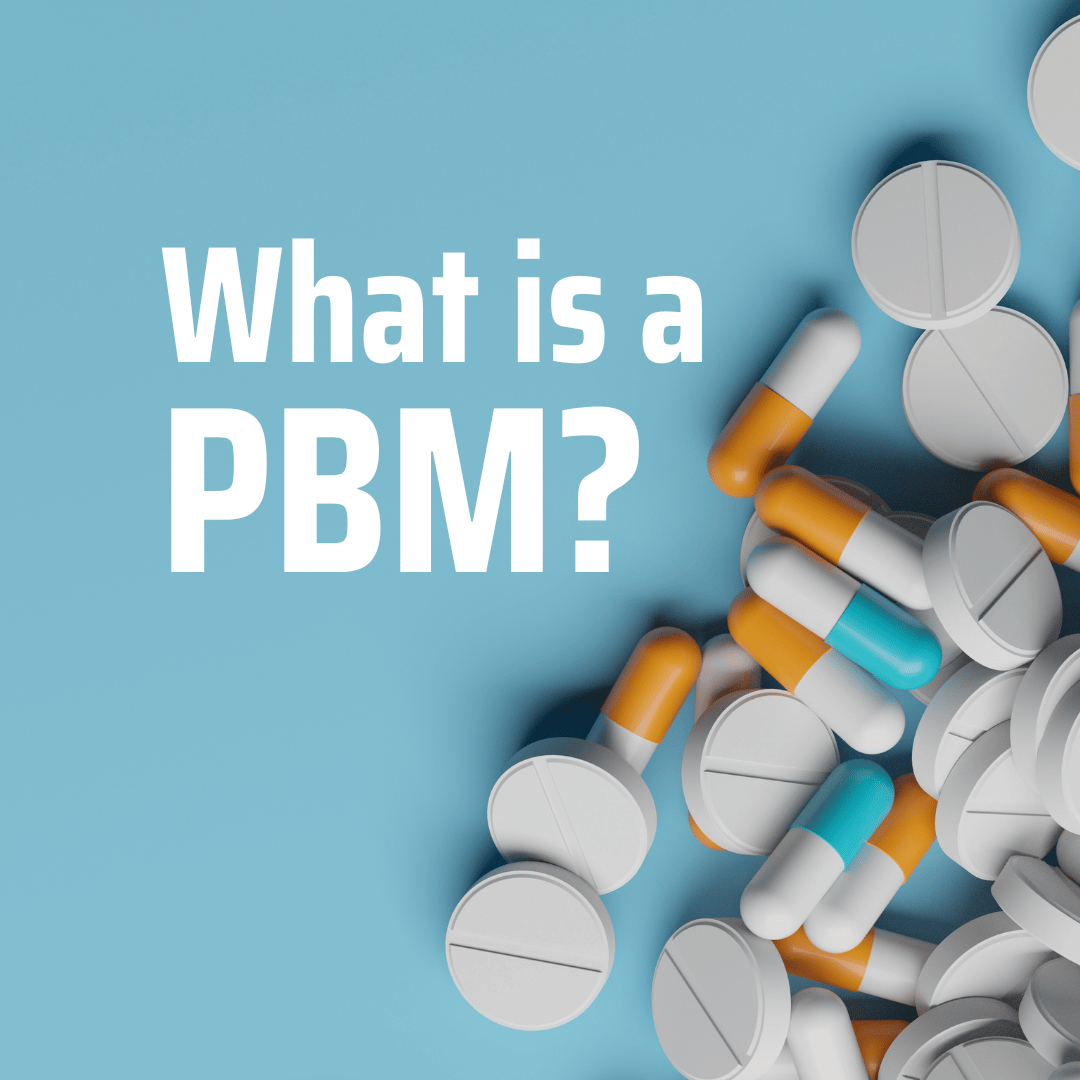
We’ve written before about the 25% secret margin that major insurance carriers build into all of their insurance plans to make up for possible overages in your claims coverage, but that piece of fluff is only the tip of the iceberg when it comes to hidden healthcare fees. The reality is that every day you and your employees are probably paying a lot more money for healthcare than is strictly necessary—and you probably don’t even realize it.
But with inflation at record levels, and premiums and drug costs continuing to rise, it’s more important than ever for CEOs and CFOs to know exactly what they’re paying for in terms of health coverage. That’s where transparency comes in—after all, you can’t optimize your healthcare spending if you don’t know where the hidden fees are.
This list shines a light on some of the most egregious hidden fees imposed by fully insured health insurance carriers, hospitals, and other healthcare providers. Look and ask yourself—which of these are my employees and company paying for, and how do we put a stop to it?
Whenever a new drug is introduced, it’s assigned an HCPCS J999 code. Drugs with this label are considered “not otherwise classified,” which essentially gives healthcare providers, including doctors and hospitals, the leeway to charge patients whatever they want for the administration of the pharmaceutical.
For example, a new dialysis treatment that’s introduced to the market might cost the healthcare provider $50,000. The provider could mark that drug up 100% and charge the patient $100,000—and the member will never even know.
The practice is called “buy and bill,” and if it sounds shady, that’s because it is. At EVHC, we catch things like this, and our clients only pay what is fair and reasonable for these drugs. The remaining money the employer would have spent never leaves the company’s bank account or the employees’ deductible and out-of-pocket.
Usually, when people look at their hospital bills, they’re so stunned by the overall amount owed that they don’t take the time to dig into the itemized charges. If they did, they’d probably see a line item associated with “hospital facility fees.” These are fees that hospitals charge simply because a patient stayed in their building.
I call these “marble lobbies and valet parking fees.” They don’t apply to the cost of the treatment itself, which is often the least expensive thing members pay for during a hospital visit. Instead, that money is going to upkeep—maintaining the grounds, perhaps, or paying for a new parking garage.
Patients can often get the same high-quality treatment they would in a hospital or doctor’s office setting while sitting at home but for a lot less money. That’s why EVHC helps our clients identify and eliminate these non-sensical facility fees in favor of just as effective, yet more cost-efficient, at-home alternatives. Check out what we did for one of our clients, who we helped save $22,000 a month by transferring one of their members’ care from a hospital to their house.

It’s not the norm (thankfully), but some healthcare providers may engage in a practice called “upcoding.” With upcoding, a healthcare provider assigns a billing code for a higher-priced procedure than the one that was performed. The patient receives a bill for the higher price, essentially paying for a service or treatment they never received.
Often, upcoding practices are so subtle that patients might not realize they’re being scammed. For instance, a provider who performed a routine exam might charge for a more complex or thorough exam. The member’s not going to realize it. They’re just going to pay the bill.
Upcoding’s illegal, but that doesn’t mean it doesn’t happen. Therefore, it’s something that you need to be aware of. Because if your employees are continuously paying much more than what they should be paying, that could lead to the financial stress that could impact their productivity.
Recently I took my kid to her annual wellness visit. While the doctor was checking her ear, he found and removed a bit of earwax. The whole process took about five seconds. Everything else was fine.
A few weeks later I received a bill for nearly $300 for the routine (and covered!) visit. Why? Because I was charged separately for the earwax removal.
Something like this has probably happened to you and your employees at some point, even if you didn’t realize it. It’s a common and unfortunate practice that goes back to what we’ve always touted at EVHC: the need for absolute clarity and transparency when it comes to health insurance billing. Cutting through the opacity and vagueness of healthcare billing helps companies like yours save money and keeps your employees from suffering unnecessary charges.
No one likes to be surprised by healthcare bills, but it’s even worse when those bills are being padded by hidden fees that even Sherlock Holmes wouldn’t be able to find. Hopefully, this list helps you better understand what to look out for so you’re not paying for a hospital’s new atrium.


